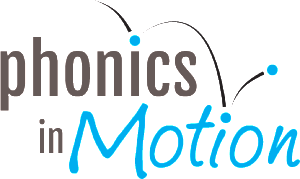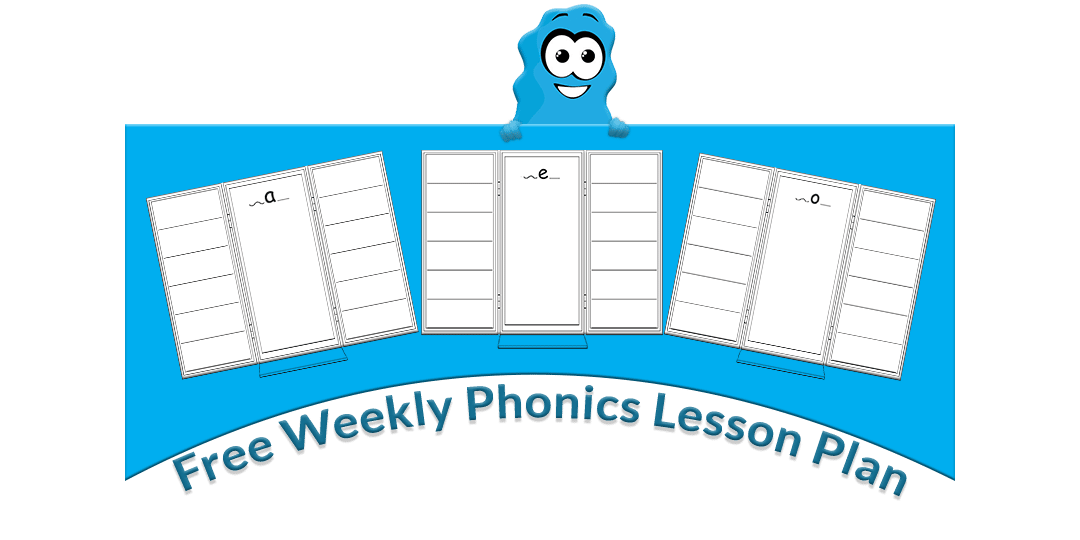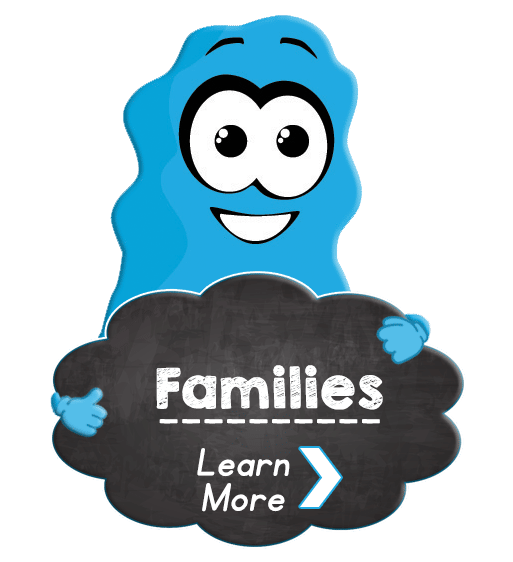When Do We Use Minimal Pairs?
Teaching language to students is always enjoyable and rewarding, but do you have a fun and effective method of teaching Minimal Pairs?
We use Minimal Pairs to improve the pronunciation of distinct sounds (phonemes) in a particular language. Through practice, Minimal Pairs assists with the correct pronunciation, enabling us to distinguish the different sounds in two similar-sounding words.
Did you know that in the mid-20th century, phonologists were interested in developing techniques to discover the phonemes of unknown languages? Minimal Pairs were an essential tool in this discovery process! So what are Minimal Pairs in Language, and how do we identify and teach them in our classrooms?
What Are Minimal Pairs In Language?
Minimal Pairs are two words (a pair) that sound very similar. Although they differ with only one sound (one phonological element), each word has a different meaning.
Three Examples of Minimal Pairs
The following three examples explain Minimal Pairs in simple terms:
- Ramp/Lamp – the different phonological elements are R/L. The definition of Ramp is ‘a sloping surface joining two different levels,’ and the meaning of Lamp is a device for giving light.
- Soil/Boil – the different phonological elements are S/B. The meaning of Soil is ‘the upper layer of the earth,’ and the definition of Boil is ‘the temperature at which liquid bubbles.’
- Save/Safe – the different phonological elements are V/F. The meaning of Save is ‘to rescue someone or something,’ and Safe is ‘to keep someone free from harm or risk.’
As you can see above, each Minimal Pair has just one different phonological element, and each word has an entirely different meaning. It can be hard to hear the sound that is different when comparing the Minimal Pair words. Using minimal pairs is a great way to develop target sounds and work on English pronunciation.
When Do We Use Minimal Pairs?
Teachers use Minimal Pairs to improve and correct pronunciation in:
The Classroom
Teach students the importance of correct pronunciation to establish accurate and distinctive meanings of similar-sounding words. Developing Phonemic Awareness skills offers a critical foundation to achieve this.
Non-English students use Minimal Pairs to practice listening for sounds to develop correct pronunciation when learning the English language.
Speech Therapy
Some children have difficulty with the rules of sound in the English language, and they substitute one sound for another, e.g. (cup, they would say ‘tup’). Using KMPs to distinguish them is an excellent approach to teach these rules to children with a phonological speech disorder.
How Do We Identify Minimal Pairs?
Identify and isolating the Phonemes (sounds) in sets of words. Look at the list below, and use 4 easy steps to identify Minimal Pairs:
(Item 1) (Item 2)
Set 1 Pill Till
Set 2 Maid Meat
Set 3 Short Spot
Set 4 Hill Hill
Step1
Begin by counting the number of consonants and vowels in Items 1 and 2 in each set. Are they the same amount in both items?
(In Set 3, Item 1 has 4 consonants (s,h,r,t) and 1 vowel(o). In item 2, there are 3 consonants (s,p,t) and 1 vowel (o). They do not have the same amount of consonants, so they are not Minimal Pairs.
Step 2
Do the words in Item 1 and 2 differ by one segment only?
(In Set 2, there is more than one different segment. The vowel sounds (ai, and ea) and the ending sounds (d and t) are both different, so these are not Minimal Pairs.
Step 3
Do the words have the same meaning?
(In Set 4, the words have the same meaning, although they might have different pronunciations). They are not Minimal Pairs.
Step 4
Do the words have different meanings and have a similar phoneme or sound?
(In Set 1, the words sound similar, but they have different meanings). These are Minimal Pairs.
In each of these steps, we can use Kinesthetic Motions for the Phonemes (KMP) to compare the sounds in each word. A KMP is a distinct motion for each sound, and they deliver information about how each sound is articulated. They make the different sounds in words easy to see so that they are easier to hear. The KMPs also help students to feel the articulation of the sound in their bodies through movement.
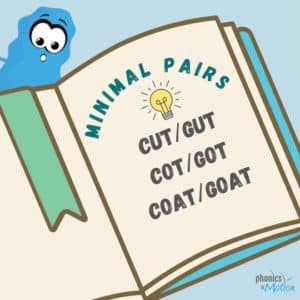
How To Teach Minimal Pairs
Here are three activities to teach recognition and pronunciation of Minimal Pairs. The teacher can write the words on whiteboards, or flashcards can be made for the students. The activities come to life when using multi-sensory Kinesthetic Motions for the Phonemes with them. You can find free Minimal pairs, and CVC lists here to help students practice and become familiar with these similar-sounding words.
Activity 1
This activity assists students who mix up the different sounds, e.g. (the k and g sound).
Using Minimal Pairs words such as (cut/gut; cot/got; coat/goat), display the words on a whiteboard in front of the class. Ask students to say the words aloud and listen to the different sounds or phonemes of the ‘c and g’ letters. As you listen, try using the Kinesthetic Motion (KMP) for each sound.
Using a distinct motion for each sound helps children to easily differentiate between the words. Teachers can use this activity with any set of Minimal Pairs sounds that students mix up.
Give a mirror to each student. Ask them to look at the difference in mouth position as they say words out loud (berry/belly; alive/arrive; fly/fry). As you do this, use the KMP for the sound again. Kinesthetic memory is our strongest memory.
Activity 2
This activity distinguishes the different meanings between two contrasting vowels e.g. (age/edge; fad/fed; tail/tale; bat/bet; red/raid). Please note this activity is suitable for the students who can distinguish the different sounds.
Using the list provided above, divide the students into groups of two. Give each student a list. The students each have a turn to read one of the paired words aloud and give the difference in the meaning of the words. The teacher assists when the answers are incorrect.
In this activity, teachers can use more than two sets of Minimal Pairs lists. Give one set to half the class and the other set to the others. Once students have used all words on the lists, the teacher can exchange these so that students have a chance to use both lists.
Activity 3
This activity is a memory game. Divide the class into pairs and allow the students to sit facing each other with a table between them. Place a barrier in the center of the table so that each student may work independently.
Use eight flashcards with similar-sounding words. Write one word on each flashcard. Each student has their own set and lays the cards out in front of them. The first student will choose a word and say it out loud.
Then, together, both students will try to match the word with its Minimal Pair from the cards in front of them. Once all the words have been dealt with, remove the barrier, and the students can see if they correctly matched the Minimal Pairs.
Here’s a sample list: (rid/lid; den/ben; pig/big; bill/pill; fast/first; best/pest).
Additional FREE Resources
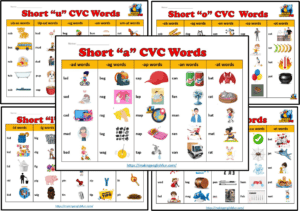 Access more free resources and online games over at Making English Fun. Their collection of worksheets, activities, and games work great with Phonics in Motion tools. They have plenty of free and premium options for preschool, kindergarten, and elementary levels.
Access more free resources and online games over at Making English Fun. Their collection of worksheets, activities, and games work great with Phonics in Motion tools. They have plenty of free and premium options for preschool, kindergarten, and elementary levels.
Conclusion
Comparing words with similar sounds is a great way to develop Phonemic Awareness. Minimal Pairs are used in the classroom to improve and assist students with the pronunciation of words in a language. Hearing the component sounds is necessary in order to distinguish between the different meanings of two similar-sounding words.
Speech therapists can use minimal Pairs to assist children with phonological speech disorders. Non-English students learning to speak English as a second language use Minimal Pairs to practice listening for sounds to develop correct pronunciation.
References
https://www.teachingenglish.org.uk/article/minimal-pair
https://www.phonicsinmotion.com
